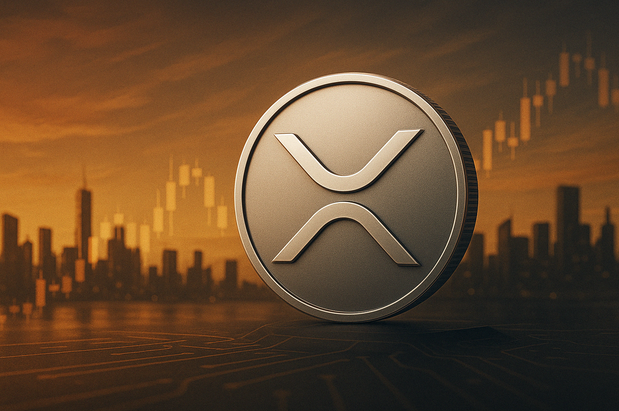In a significant development for the digital payments landscape, Ripple has entered into a partnership with SWIFT, the world’s largest interbank messaging network. This alliance has the potential to integrate Ripple’s native token, XRP, into a financial ecosystem spanning 11,000 global banks and institutions. The collaboration signifies a major milestone in bridging traditional banking with blockchain-based solutions, enhancing cross-border transaction efficiency while reducing costs. If executed effectively, this partnership could reshape how international settlements are conducted, accelerating the adoption of digital assets within mainstream finance.
Ripple’s Strategic Positioning
Ripple has long positioned itself as a blockchain firm focused on solving inefficiencies in cross-border payments. Unlike many cryptocurrencies that emphasize decentralization or speculation, Ripple’s approach has consistently centered on institutional partnerships. XRP functions as a liquidity bridge, allowing banks and payment providers to settle international transactions faster and at lower costs than traditional systems.
The new agreement with SWIFT represents an expansion of Ripple’s institutional footprint. By integrating with SWIFT’s extensive network, Ripple gains unparalleled access to global financial infrastructure, potentially placing XRP at the center of international settlement flows.
Why SWIFT Matters
SWIFT, short for the Society for Worldwide Interbank Financial Telecommunication, is the backbone of global banking communication. Its messaging system handles trillions of dollars in daily transactions, linking institutions in more than 200 countries. Historically, SWIFT has been criticized for slow settlement times and high transaction fees, particularly in cross-border payments.
Partnering with Ripple offers SWIFT an opportunity to modernize its network by incorporating blockchain efficiency. For banks, this could mean near-instant settlements, reduced reliance on intermediaries, and significant cost savings—advantages that may prove crucial as digital finance disrupts traditional banking.
Impact on XRP and the Crypto Market
The announcement holds profound implications for XRP. With potential exposure to 11,000 banks, demand for the token as a liquidity tool could rise significantly. This institutional backing may also enhance XRP’s legitimacy, countering past skepticism about its regulatory challenges.
Beyond Ripple, the collaboration signals a broader shift in how digital assets are perceived. Once seen as adversarial to traditional finance, cryptocurrencies like XRP are increasingly being embraced as complementary tools that can enhance efficiency. Such developments may encourage regulators to accelerate the creation of clear frameworks for digital assets, further legitimizing the sector.
A New Era for Cross-Border Payments
The Ripple-SWIFT alliance highlights the future direction of global finance: collaboration between traditional systems and emerging blockchain networks. While challenges remain—such as regulatory clarity, technological integration, and market adoption—the sheer scale of this partnership suggests a transformative impact on how money moves across borders.
If Ripple and SWIFT can align operationally and technologically, the partnership could mark the beginning of a new era where blockchain-enabled settlement becomes a mainstream component of banking infrastructure. For investors, institutions, and everyday users, this represents not just an incremental upgrade but a potential paradigm shift in global payments.
